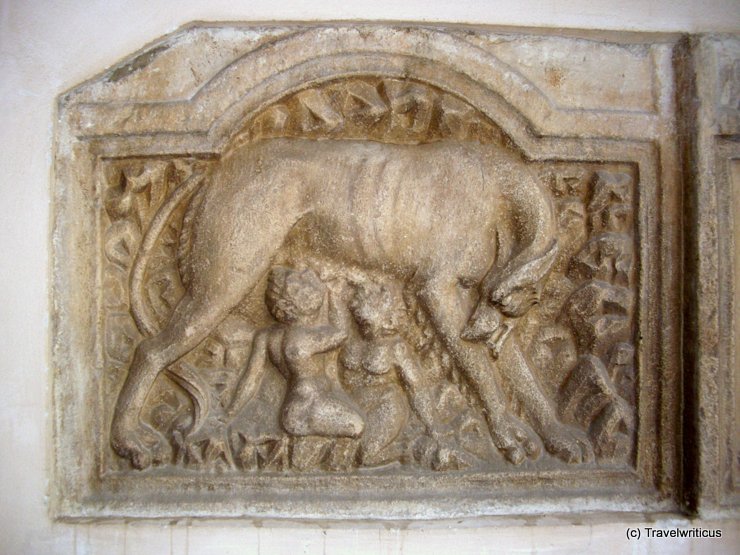
I only wanted to photograph the Roman stone with the “mail coach” in Maria Saal. But then I came across this intriguing relief stone in the entrance area of the Maria Saal Cathedral. It represented the Capitoline Wolf with Romulus and Remus.
You only see what you know (Goethe)

I only wanted to photograph the Roman stone with the “mail coach” in Maria Saal. But then I came across this intriguing relief stone in the entrance area of the Maria Saal Cathedral. It represented the Capitoline Wolf with Romulus and Remus.
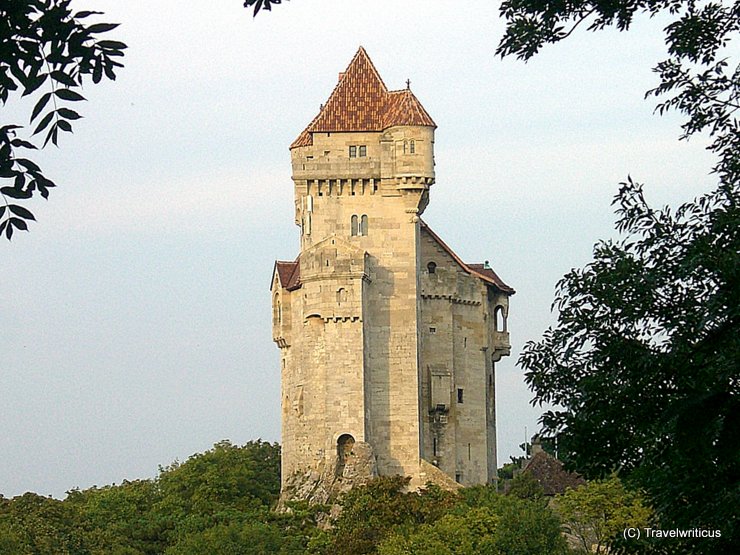
Liechtenstein Castle (Burg Liechtenstein) is the ancestral seat of the ruling house of the European state Liechtenstein. The castle was destroyed during the Ottoman wars and rebuilt in the 19th century. [German]
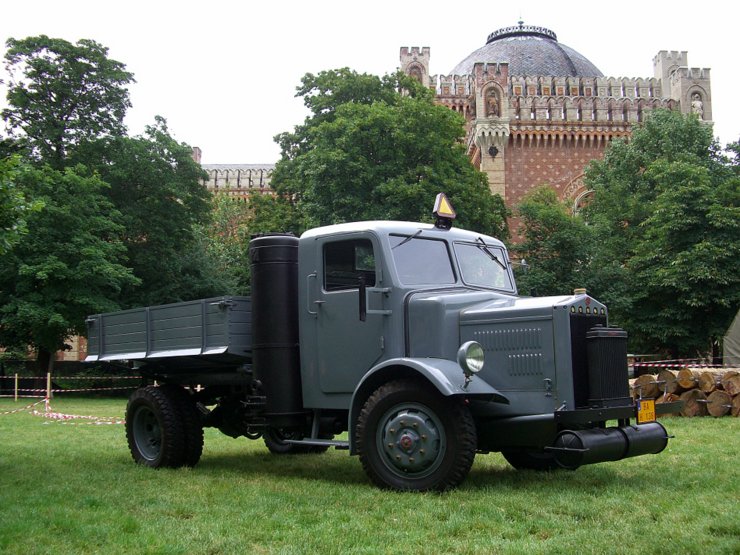
The idea of running an automobile with wood gas fascinated me even as a child. So I was particularly pleased to see this truck with a wood gasifier in Vienna. The lorry was part of a meeting of historic military vehicles. [German]
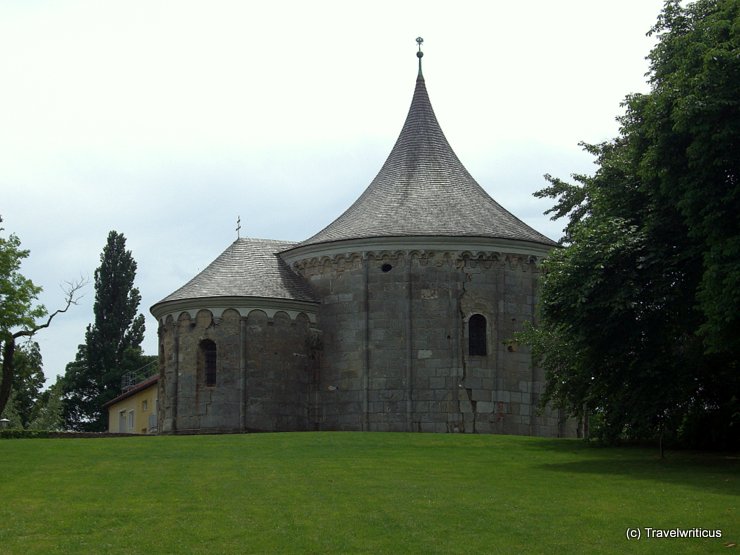
At least once a year, I visit the Carnuntum Archaeological Park in Lower Austria. On this occasion, I always love to make a detour to this Romanesque round chapel in Petronell-Carnuntum. [German]
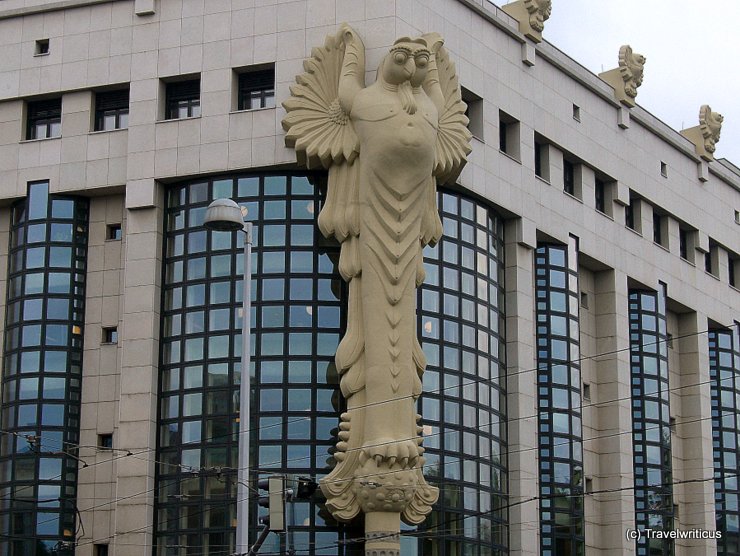
This owl is a decoration created by the Swiss artist and architect Bruno Weber. You find it at the Vienna University of Technology Library. The 18-metre-high sculpture and the 16 smaller owls along the attic make the building look like a place of wisdom. [German]
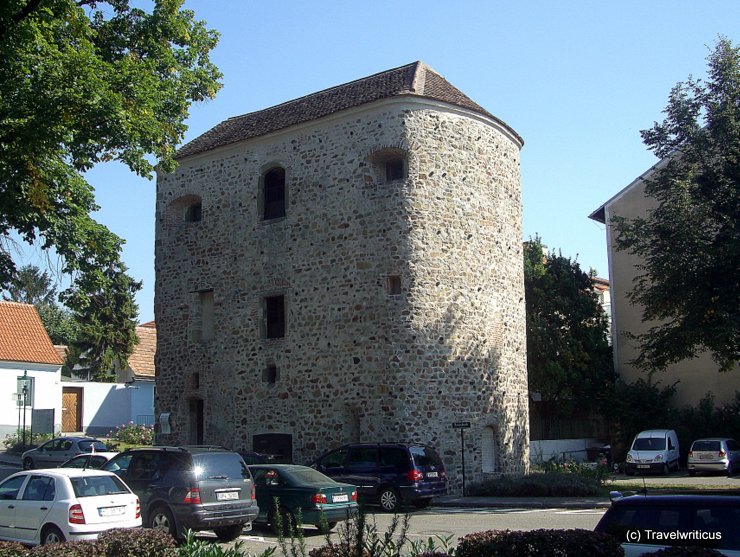
The Horseshoe Tower (Hufeisenturm) in Tulln remains from the ancient military camp Comagena. The Roman name originated from an equestrian unit descending from the region of Commagena.
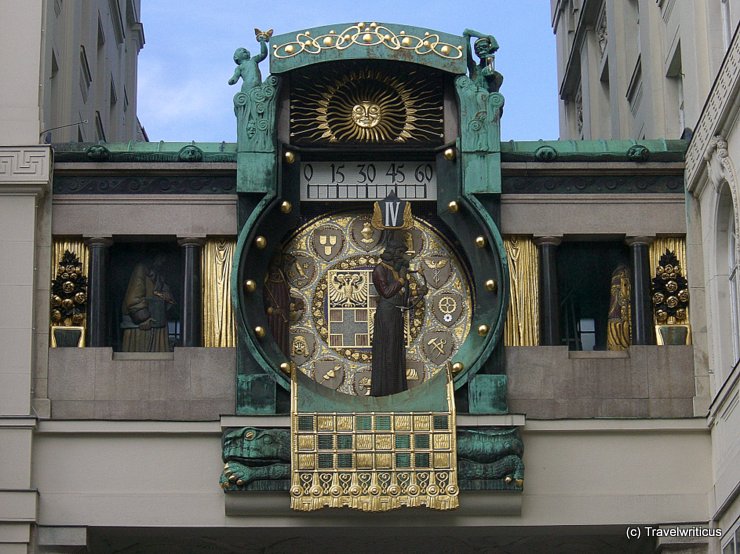
The Ankeruhr in Vienna is a clock in a gangway between two buildings on the Hoher Markt Square (1. District). It displays every hour a different personality who has played a role in the history of Vienna. [German]
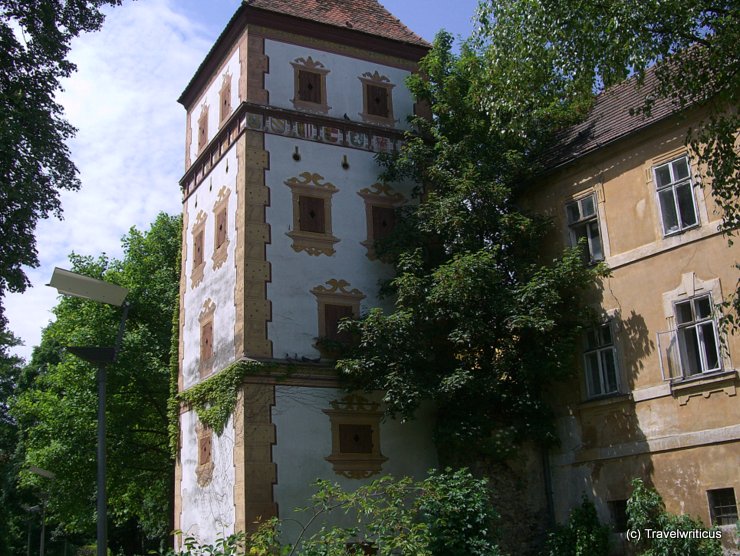
This water tower in Wels was built in 1577/1579 by Wolfgang Khranlachner. Watchmaker Clement Rench designed the water pump inside the tower. Artist Niclas Linkh created the colourful façade painting.
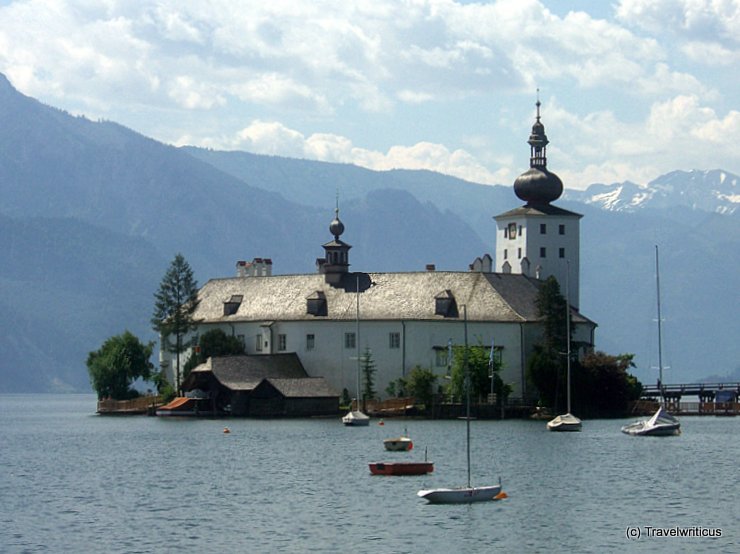
Seeschloss Ort impresses with its location on a tiny island in the Upper Austrian Traunsee Lake. The castle became known through a TV series and the mysterious disappearance of one of its owners. Today, it houses a restaurant visitors reach by a bridge. [German]
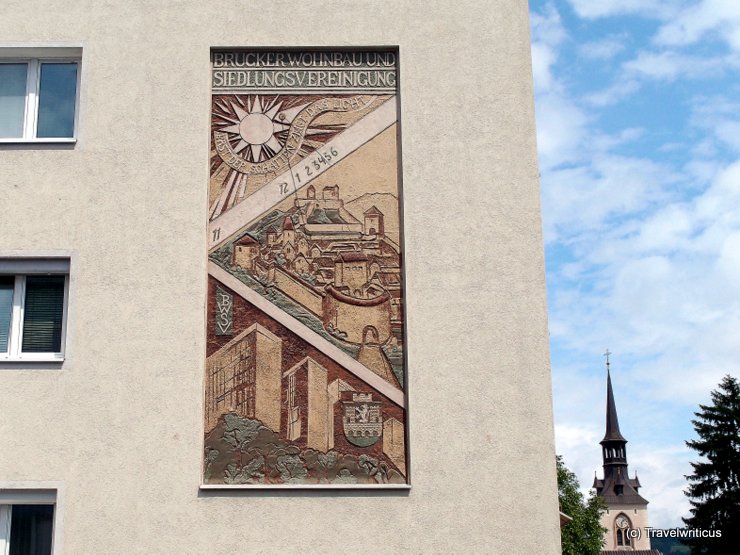
This sundial on a residential building shows two depictions of the Styrian city of Bruck an der Mur. In the upper part of the mural, you see Landskron Castle and the former city walls. [German]
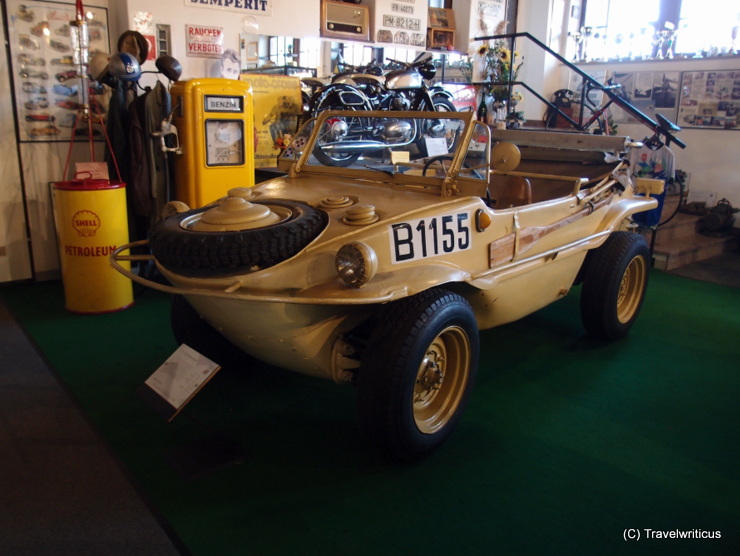
At the classic car museum in Poysdorf (Oldtimerclub Poysdorf), I saw this Volkswagen Schwimmwagen. The amphibious four-wheel drive off-roader dates back to 1943. At that time, it served the German Wehrmacht.
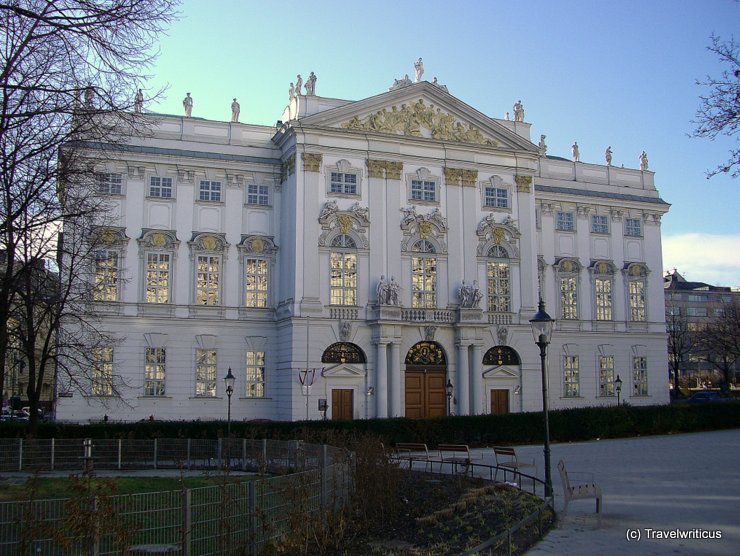
Palais Trautson, designed by Johann Bernhard Fischer von Erlach, is considered one of the most beautiful Baroque palaces in Vienna. For many years it served as the seat of the Royal Hungarian Guards. Today it houses the Austrian Ministry of Justice. [German]